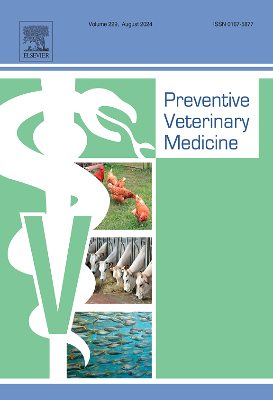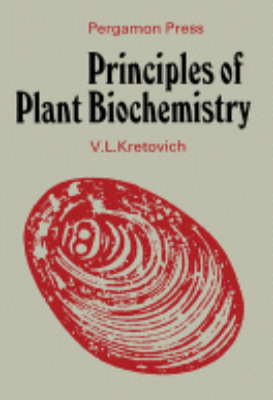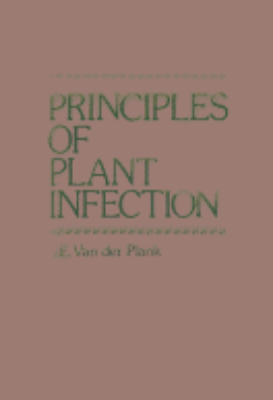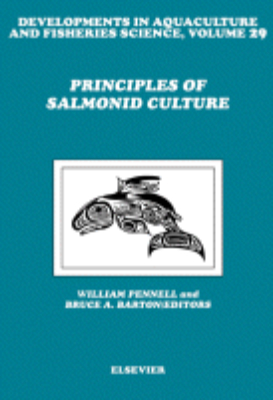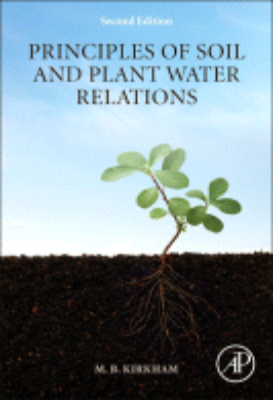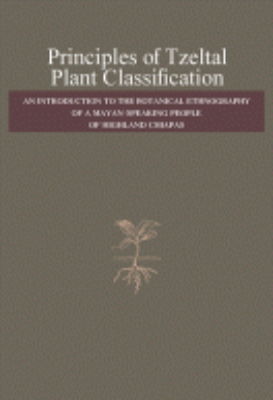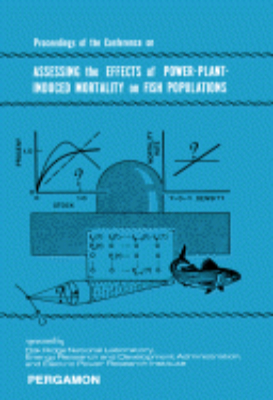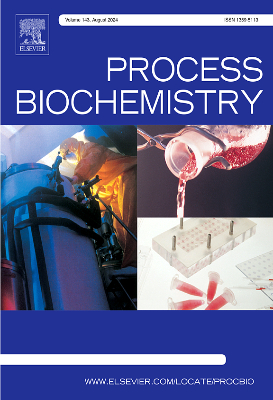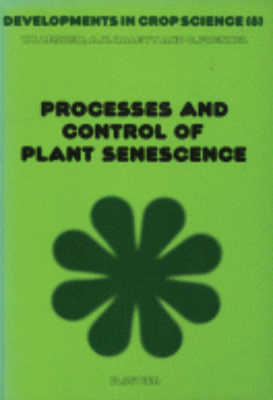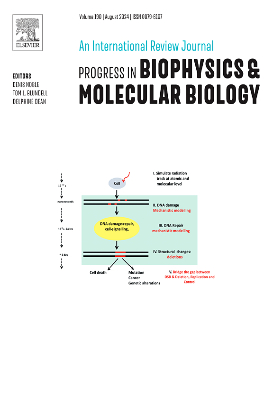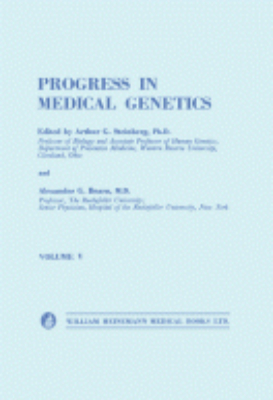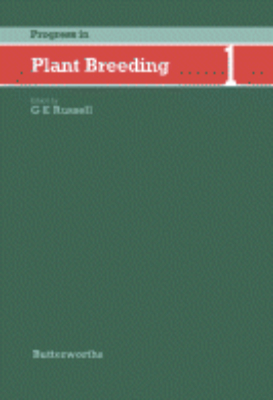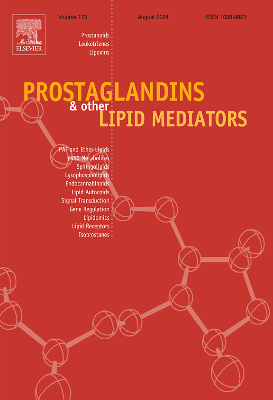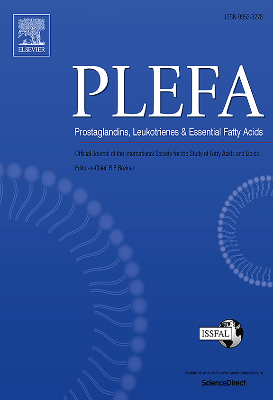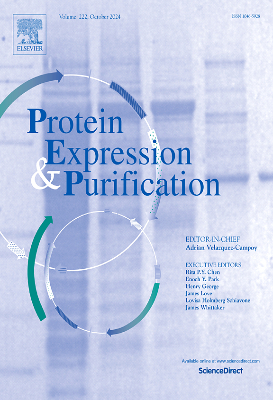E-Resources
Principles and Measurements in Environmental Biology
Principles and Measurements in Environmental Biology aims to provide an understanding of some important physical principles and their application in biology. The book also aims to describe how instruments utilizing these principles can be used to measure biological and environmental processes and their interactions. This book covers the effects of the environment on biological organisms; the application of theories of radiation, kinetic theory, gas laws, and diffusion in biology; and water and its properties. The relation of plants with atmosphere near the ground is also discussed. This book also presents sampling techniques; the computation of errors used in the interpretation of data; the use of different devices; and data gathering and its practical applications. This text is for students, researchers, and professionals and experts in biology who wish to understand the mentioned principles in physics, its mathematical aspects, and their applications in the field.
Principles of Animal Research
“Principles of Animal Research is the first publication to offer a broad look at animal research science for a student, early researcher, or technician. Offering guidance for all aspects of the research experience, including the research and development of a thesis, model selection, experimental design, IACUC protocol preparation, and animal husbandry and technical procedural needs, the book is a necessary addition to every student, technician, and researchers education. Key Features. Provides background material for students to understand the broader backdrop against which animal research is undertaken. Includes ethical and regulatory information. Covers commonly used animal models and the process to choose a model for biomedical research”
Principles of Developmental Genetics
Providing expert coverage of all major events in early embryogenesis and the organogenesis of specific systems, and supplemented with representative clinical syndromes, Principles of Developmental Genetics, Second Edition discusses the processes of normal development in embryonic and prenatal animals, including humans. The new edition of this classic work supports clinical researchers developing future therapies with its all-new coverage of systems biology, stem cell biology, new technologies, and clinical disorders. A crystal-clear layout, exceptional full-color design, and bulleted summaries of major takeaways and clinical pathways assist comprehension and readability of the highly complex content.
Principles of Horticulture
Principles of Horticulture, Second Edition covers the various topics concerning plant cultivation for agricultural use. The book is comprised of 17 chapters that tackle the various areas of concerns in horticulture. The coverage of the text includes the nurturing aspects of horticulture, including growth and development, genetics and breeding, and nutrition. The book also covers the various threats and problems encountered by horticulturists, such as pests, weeds, and harmful microorganisms. The text will be of great use to researchers and practitioners of plant-related fields, such as botany, agriculture, and particularly horticulture.
Principles of Plant Biochemistry
Principles of Plant Biochemistry focuses on the methodologies, approaches, and techniques employed in plant biochemistry, including analysis of proteins, carbohydrates, vitamins, and metabolism. The publication first takes a look at proteins and carbohydrates. Discussions focus on general properties and structure of proteins, amino acid composition of proteins and properties of the protein molecule, isolation of proteins and the establishment of their homogeneity, monosaccharides, polysaccharides, and steroids. The text then elaborates on vitamins and secondary plant compounds, including aliphatic organic acids, glycosides, tannins, essential oils and resins, herbicides, antibiotics, and phytonicides. The manuscript examines enzymes and the role of metabolism in living organisms, as well as general properties and classification of enzymes and oxidases. The book then ponders on photosynthesis and chemosynthesis, interconversion of carbohydrates, and fermentation and respiration. The inter-relationship of metabolic processes and amino acid and protein metabolism are also discussed. The publication is a dependable reference for readers interested in plant biochemistry.
Principles of Plant Disease Management
“Principles of Plant Disease Management is intended to provide a substantive treatment of plant disease management for graduate and undergraduate students in which theoretical and practical elements are combined. Reference is made to specific diseases and control practices to illustrate basic principles or strategies. The section on epidemiology includes a chapter in which arthropod vectors (aphids, leafhoppers, whiteflies, Coleoptera and mites) are briefly discussed, and the section on control includes references to the use of crop varieties with resistance to such vectors, and also contains information on mechanical, cultural, biological and chemical measures that contribute to vector control. Key Features. The technology of disease management is presented according to epidemiological principles. Sections on diagnosis, epidemiology, environmental factors, disease forecasting, disease control (exclusion, physical, chemical and biological), plant resistance, cultural modifications to suppress epidemics, effects of chemicals and their major groups and uses, and examples of disease management in practice are included. A bibliography and index are appended”
Principles of Plant Infection
Principles of Plant Infection investigates interactions among pathogens, host plants, the environment, time and space, and their role in plant infection. It describes the principles of infection, particularly of the root, stem, or leaf, as they apply to fungi, bacteria, or viruses. It also highlights the dual nature of resistance and suggests theories of host resistance. Organized into seven chapters, this volume begins with an overview of the relation between the amount of inoculum and the amount of disease it causes. It then turns to a discussion of the disease/inoculum relations of tobacco mosaic virus; how obligate synergism restricts the transmission of pathogens; disease/inoculum relations in root disease; the independent action of spores as inoculum; variable factors other than the amount of inoculum that affect plant disease; and time as a determining factor of the degree of plant infection. The reader is also introduced to endemic disease of plants, the implications of endemicity for plant resistance to disease, the spread of disease via migration of pathogens, and the genetics of host-pathogen interactions. Plant pathologists and plant breeders will gain valuable information from this book.
Principles of Soil and Plant Water Relations: 2005
Principles of Soil and Plant Water Relations combines biology and physics to show how water moves through the soil-plant-atmosphere continuum. This text explores the instrumentation and the methods used to measure the status of water in soil and plants. Principles are clearly presented with the aid of diagrams, anatomical figures, and images of instrumentation. The methods on instrumentation can be used by researchers, consultants, and the military to monitor soil degradation, including measurements of soil compaction, repellency, oxygen diffusion rate, and unsaturated hydraulic conductivity.Intended for graduate students in plant and soil science programs, this book also serves as a useful reference for agronomists, plant ecologists, and agricultural engineers.
Principles of Soil and Plant Water Relations: 2014
Principles of Soil and Plant Water Relations, 2e describes the principles of water relations within soils, followed by the uptake of water and its subsequent movement throughout and from the plant body. This is presented as a progressive series of physical and biological interrelations, even though each topic is treated in detail on its own. The book also describes equipment used to measure water in the soil-plant-atmosphere system. At the end of each chapter is a biography of a scientist whose principles are discussed in the chapter. In addition to new information on the concept of celestial time, this new edition also includes new chapters on methods to determine sap flow in plants dual-probe heat-pulse technique to monitor water in the root zone.
Principles of Tzeltal Plant Classification
Principles of Tzeltal Plant Classification: An Introduction to the Botanical Ethnography of a Mayan-Speaking People of Highland Chiapas covers the underlying classificatory principles used by the Tzeltal to order the vast array of organisms of the plant world. The book describes the setting of the research, both from a botanical and ethnographic view; the general outline of Tzeltal plant classification and nomenclature; and the methods used to collect data. The text also discusses the rich ethnolinguistic terminology used by the Tzeltal in describing and discussing the structure of plants, referred to as ethnophytography; and the cultural significance of plants to the Tzeltal in agriculture, food types, house building, and other areas of material culture where plants and plant products are of major importance. The individual description of all known Tzeltal plant classes is also encompassed in detail. Botanists and ethnobotanists will find the book invaluable.
Problem-Based Feline Medicine
This focused resource covers all medical conditions that affect cats. Using a unique problem-based approach, it provides essential information for assessing presenting symptoms, reaching a differential diagnosis, and selecting the appropriate course of treatment for feline patients. A consistent format makes it easy to find information related to key signs and possible causative factors (graded to indicate how common each is), diagnosis, differential diagnosis (including tests where appropriate), treatment, prognosis, and prevention (where applicable) for each clinical condition.
Problems of the Biochemistry of the Nervous System
Problems of the Biochemistry of the Nervous System is a collection of papers presented at the Second Conference on the Biochemistry of the Nervous System, organized by the Institute of Biochemistry of the Ukrainian Academy of Sciences on February 12-16, 1957. The contributors consider particularly Soviets considerable research works in the field of functional biochemistry and the dynamic aspects of the biochemistry of the central nervous system. This text is organized into 11 parts encompassing 33 chapters, and begins with reviews on proteins and their metabolism in the brain and peripheral nerves; the effect of functional states such as excitation and inhibition upon them; and the changes occurring in their metabolism during growth. The succeeding parts contain articles about phosphorus-containing substances and methods of their investigation. These topics are followed by discussion of the chemical nature of a brain glycogen and its different fractions; carbohydrate metabolism during excitation and inhibition; and the adrenaline metabolism. Other parts tackle the ammonia metabolism, the developmental biochemistry of the brain, and the histochemical approach to study nucleoproteins of the neurons. The remaining parts deal with hypothermia and the cerebral metabolism in some pathological conditions. This book will prove useful to biochemists, biologists, and neurologists.
Proceedings of the Conference on Assessing the Effects of Power-Plant-Induced Mortality on Fish Populations
Proceedings of the Conference on Assessing the Effects of Power-Plant-Induced Mortality on Fish Populations
Production of Biologicals from Animal Cells in Culture
Production of Biologicals from Animal Cells in Culture reviews the state of the art in animal cell biotechnology, with emphasis on the sequence of events that occur when generating a biological from animal cells in culture. Methods that enable adjustment of nutrient feed streams into perfusion bioreactors so as to increase productivity are described. A number of issues are also addressed, such as the usefulness of the fingerprint method for cell characterization. Comprised of 135 chapters, this book begins with an overview of the problems and benefits of animal cell culture, followed by a discussion on the isolation of immortal murine macrophage cell lines. The reader is systematically introduced to the use of DNA fingerprinting to characterize cell banks; immortalization of cells with oncogenes; lipid metabolism of animal cells in culture; and energetics of glutaminolysis. Subsequent chapters explore serum-free and protein-free media; the physiology of animal cells; gene expression in animal cell systems; and animal cell bioreactors. The monitoring and assay of animal cell parameters are also considered, along with downstream processing and regulatory issues. This monograph will be of interest to students, practitioners, and investigators in the fields of microbiology and biotechnology.
Progress in Medical Genetics
Progress in Medical Genetics: Volume 5 covers the improvements in nutrition and control of childhood disease. This book is divided into five chapters that evaluate the characteristics of thalassemias, an inherited defect in hemoglobin. It addresses the genetic control of hemoglobin synthesis and the clinical pictures and nomenclature of the different porphyrias. Some of the topics covered in the book are the genetic aspects of liver disease connected with jaundice; development of the concept of thalassemia as a hemoglobinopathy; bilirubin metabolism; description of hemolytic jaundice; description of hyperbilirubinemia. The succeeding chapters describe the disturbances in bilirubin uptake and conjugation, as well as the clinical diagnosis of familial non-hemolytic hyperbilirubinemias. An analysis of the Dubin-Johnson and Rotor syndrome is provided. The last chapters consider the genetics of muscular and the analysis of autosomal dominant forms of muscular dystrophy. The book can provide useful information to doctors, endocrinologists, students, and researchers.
Progress in Plant Breeding 1
Progress in Plant Breeding 1 is a collection of review articles that aim to critically assess progress in different major crops, not only in the aspect of variety production, but also across all the related disciplines. The book covers topics such as dwarfing genes in wheat; sugar-beet breeding; development of grain-protein crops; and the breeding programs of the International Potato Center. Also covered in the book are topics such as the development of bird resistance of soghum and maize; advances in the breeding of chickpeas; and breeding rice for disease resistance. The text is recommended for botanists and agriculturists who would like to know more about the advances in plant breeding and how it is improving crops.
Protein Deposition in Animals
Protein Deposition in Animals explores the factors controlling protein deposition in farm animals including fish, poultry, and ruminants. Topics covered range from protein biosynthesis in eukaryotic cells and protein metabolism in intact animals to whole-body amino acid metabolism, synthesis of egg proteins, and metabolism of the fetus. The energy costs of protein metabolism, dietary constraints on nitrogen retention, and metabolism in muscle are also discussed. Emphasis is placed on the factors that influence protein production by animals. This book is comprised of 15 chapters; the first of which explains some fundamental aspects of protein synthesis, followed by a topic of the molecular control of protein breakdown. Two chapters then consider the measurement of whole-body protein metabolism and the integration of the metabolism of individual organs with the rest of the animal. Two ’tissues’, the muscle and the fetus, are singled out for detailed analysis in subsequent chapters, while another chapter describes the synthesis of egg proteins. The factors that influence overall nitrogen retention by the animals are also examined, along with the energy costs of protein deposition, hormonal influences on protein deposition, and the use of anabolic agents to manipulate growth. Two chapters, one on poultry and the other on ruminants, are concerned with predicting rates of protein deposition. This text concludes by discussing the protein metabolism in fish. This book will be of interest to scientists working in the fields of applied biochemistry, animal nutrition and physiology, physiology, and agriculture.

